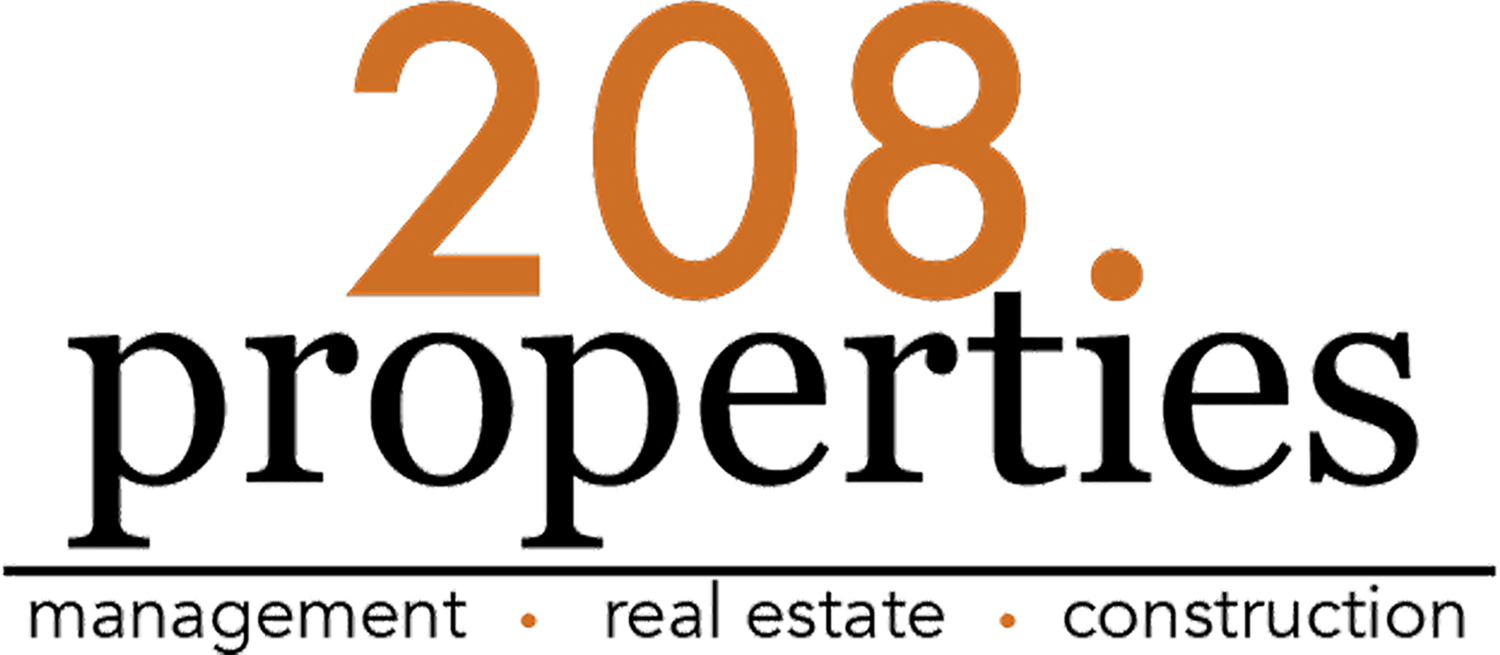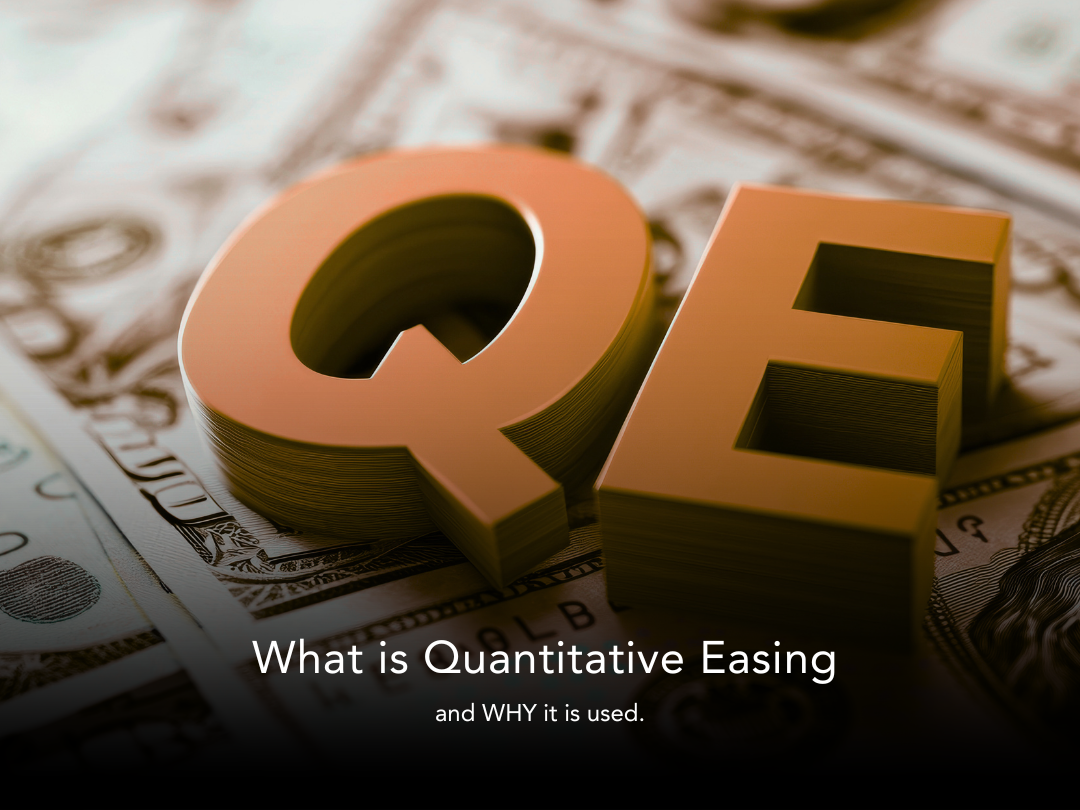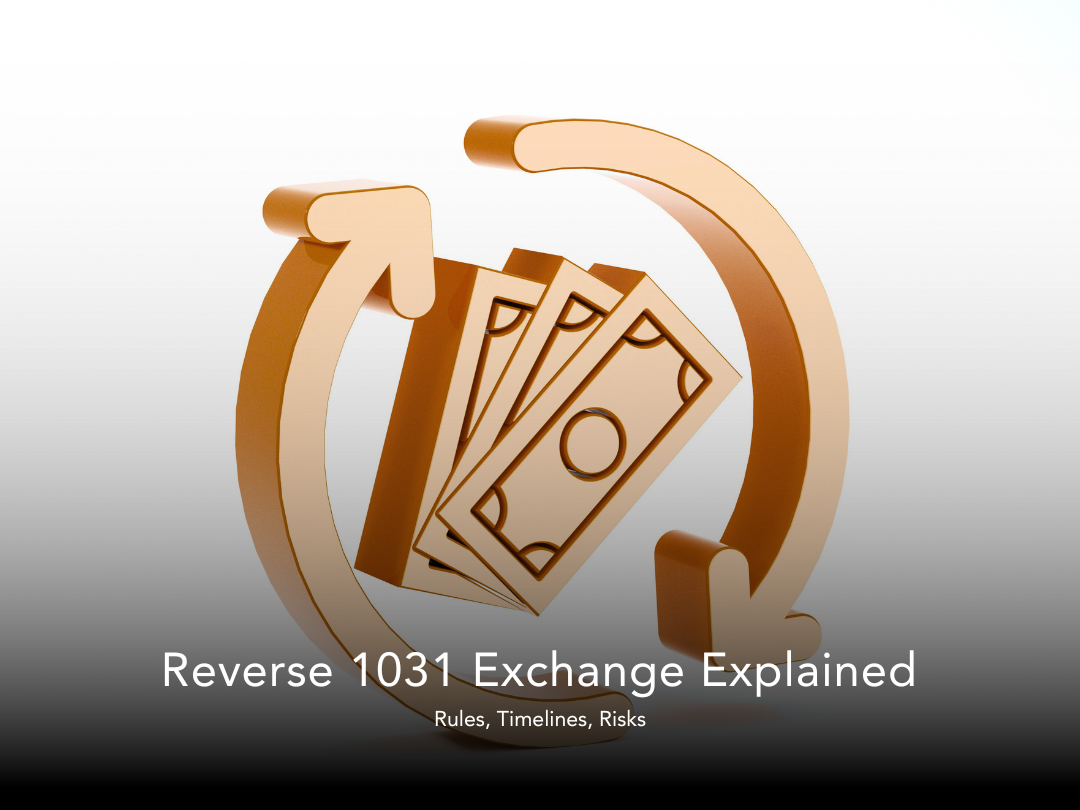In the realm of real estate investing, there are various metrics used to evaluate the performance and profitability of an investment property. One such metric is cash on cash return, which provides investors with valuable insight into the potential return on their initial investment. Understanding cash on cash return and how to calculate it is crucial for making informed investment decisions in the real estate market.
What is Cash on Cash Return?
Cash on cash return (CoC) is a financial metric used by real estate investors to assess the profitability of an investment property relative to the amount of cash invested upfront. It measures the annual pre-tax cash flow generated by the property as a percentage of the initial cash investment.
In simpler terms, cash on cash return indicates the return on investment (ROI) generated solely from the cash invested, excluding any financing or leverage used to acquire the property. It focuses on the cash flow generated by the property relative to the cash invested, providing investors with a clear understanding of the property's income-generating potential.
How to Calculate Cash on Cash Return:
Calculating cash on cash return involves a straightforward formula that compares the annual cash flow generated by the property to the initial cash investment. Here's the formula:
Cash on Cash Return = (Annual Pre-Tax Cash Flow / Initial Cash Investment) × 100
To break it down further:
1. Determine the annual pre-tax cash flow generated by the property. This includes the rental income minus operating expenses such as property taxes, insurance, maintenance, vacancy costs, and property management fees.
2. Calculate the initial cash investment, which typically includes the down payment, closing costs, and any initial renovation or repair expenses.
3. Divide the annual pre-tax cash flow by the initial cash investment.
4. Multiply the result by 100 to express the cash on cash return as a percentage.
Example:
Let's consider an example to illustrate the calculation of cash on cash return:
- Purchase Price of Property: $200,000
- Down Payment: $40,000
- Closing Costs: $5,000
- Initial Renovation Expenses: $10,000
- Annual Pre-Tax Cash Flow: $15,000
Initial Cash Investment = Down Payment + Closing Costs + Initial Renovation Expenses
= $40,000 + $5,000 + $10,000
= $55,000
Cash on Cash Return = (Annual Pre-Tax Cash Flow / Initial Cash Investment) × 100
= ($15,000 / $55,000) × 100
≈ 27.27%
Interpreting the Result:
In the example above, the cash on cash return is approximately 27.27%. This means that for every dollar invested in the property upfront, the investor can expect to receive a return of 27.27 cents annually in pre-tax cash flow.
Investors typically aim for a cash on cash return that meets or exceeds their target rate of return. The specific target rate may vary depending on factors such as the investor's risk tolerance, investment goals, and market conditions. Higher cash on cash returns indicate better profitability and may be more desirable to investors.
Conclusion:
Cash on cash return is a valuable metric for real estate investors seeking to evaluate the performance and profitability of investment properties. By focusing on the cash flow generated relative to the initial cash investment, investors can make informed decisions and assess the income-generating potential of potential investments. Understanding how to calculate and interpret cash on cash return empowers investors to identify lucrative opportunities and build a successful real estate investment portfolio.











